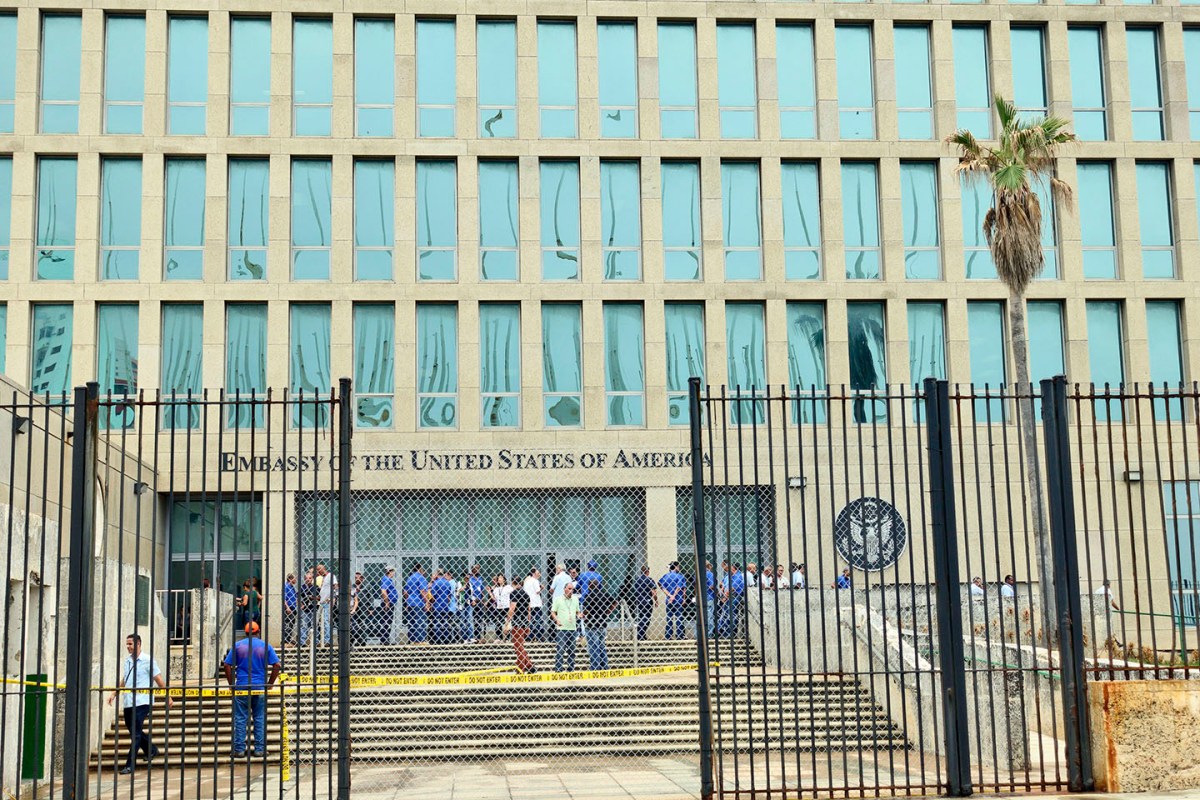Three computer scientists may know how 24 people at the American embassy in Havana got sick. A technical report from the University of Michigan offers a theory for the source of the Cuban “sonic attack”: a pair of eavesdropping devices too close to each other and tripping the ultrasound that was supposed to make their presence quiet, writes The Daily Beast. The scientists also think that it may not have been done with malicious intent. Last September, the State Department brought back 21 American employees from the U.S. embassy in Havana. All of these employees reported dizziness, cognitive difficulties, headaches, and hearing loss, among other medical issues. It was thought that they were victims of a “sonic attack,” because they reported hearing a high-pitched sound that made them physically ill. No one knew what the “terror” device was and many doctors were unsure what was going on that would cause the neurological damage. But the new technical report doesn’t think it was a “sonic attack” at all. Using a video of the sound released by AP, Fu and his team reversed-engineered the ultrasonic signals.
Thanks for reading InsideHook. Sign up for our daily newsletter and be in the know.


















